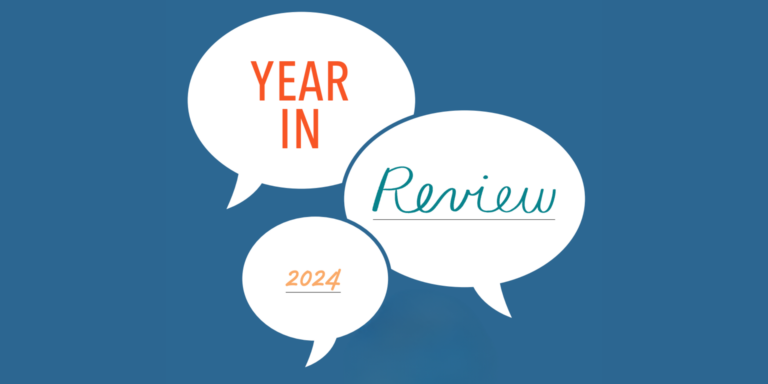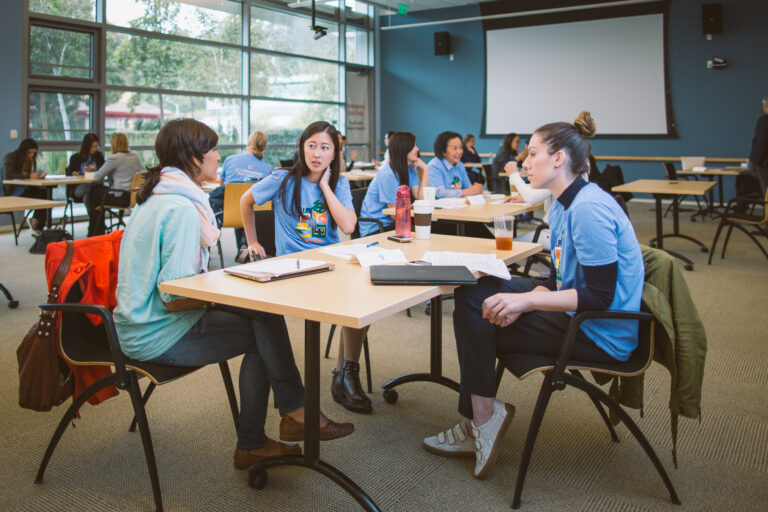The following originally appeared in The Hill on Saturday, 11/21/2020.
by Katy Knight and Matt Dunne
Rural America is a diverse and dynamic place, home to innovative entrepreneurs, resourceful leaders, and connected communities. Yet the 60 million rural Americans and the towns they live in — many of which had yet to recover from the economic pain of the Great Recession — continue to face an urgent, existential threat from the COVID-19 pandemic. To ensure small towns can recover, funders and policymakers must aggressively pilot innovative solutions, with an eye towards scaling successes across similar regions, that help build a new paradigm for geographically inclusive growth.
Unfortunately, there are significant barriers standing in the way of this rural resurgence, driven in no small part by common misconceptions about rural America: that small towns are all white, cannot be home to technological innovation, are not places where limited recovery resources can be used efficiently.
These misleading narratives obscure the incredible assets found in rural America. Only when we start recognizing these assets can we build on their success to create a real rural renaissance that will ensure geographic economic equity in our country. Our organizations — a foundation committed to a more just future of work, and a national nonprofit dedicated to closing the rural opportunity gap — are working each day to do this. But fully unlocking the promise of rural America will require that we challenge these limiting misconceptions, and assemble a large group of like-minded leaders who are equally committed to this work.
The myth of rural whiteness is contradicted by the facts of rural diversity. There are rural places in every state, with people of all ages and backgrounds. 20 percent of rural Americans are people of color, a number that’s only growing. In fact, the American Communities Project has identified 306 rural African American South counties where the median Black population is 36 percent,153 rural Hispanic Center counties with a median Hispanic population of 53 percent, and 43 rural Native American Lands counties with a median Native population of 59 percent.
In a moment where racial justice is so rightfully central in the national discourse, recognizing this diversity is critical to ensuring that adequate resources go to rural places. Rural Black Americans had the highest poverty rates of all racial and geographic groups in 2017. Police shootings are high in rural places, and incarceration rates have deep racial disparities. Yet rural places also showed up for racial justice in the wake of George Floyd’s murder, often led by activists of color who prompted widespread local engagement for the first time. These examples show that inclusivity efforts in rural places play a critical role in advancing racial equity for everyone, everywhere.
Then there’s the myth that technology jobs of the future can’t happen in small-towns. It’s true that tech opportunity has become stratified. According to the Bureau of Labor Statistics, since 2007, 98 percent of new computer and math occupation jobs were created in metro areas. And in 2017, just five metros accounted for nearly 80 percent of all venture capital investment nationwide: San Francisco, NYC, Boston, San Jose, and LA. However, this spatial divide is not inevitable, and as the COVID-driven remote work boom has proved, leading-edge work and innovation can be done from many different locations, and aren’t necessarily limited by geography.
Today, amid the massive economic shifts COVID is spurring, a creative mix of resources and programs can empower small towns to build innovation economies sustainable for today’s climate and beyond. Technology jobs have proven relatively more resilient to this pandemic, and the tech-enabled industries driving and benefitting from automation are among those best prepared for future growth. By providing rural Americans access to tech opportunity — from digital skilling programs to entrepreneurship support to broadband connectivity — funders can help foster a country where people can secure a livelihood from anywhere, and where the fruits of American ingenuity can flower from coast to coast and everywhere in between.
There is also a prevailing belief, especially among philanthropic funders, that rural areas do not provide the same opportunity for impact as urban places. A 2015 report found that just 5.5 percent of domestic grantmaking goes to rural areas. With funding guidelines focused on density and scale, smaller communities often have no chance to compete. As COVID-19 hit, these trends were on full display, with the initial prevalence of the virus in metro areas leading to a preponderance of metro recovery efforts, even as rural areas faced rising cases and limited health care capacity.
While it is crucial that adequate resources go to urban areas in need, funders’ tendency to overlook rural areas leaves small towns facing the same challenges without avenues to address them and overlooks the crucial reality of interdependence between rural and urban America. As Land O’Lakes CEO Beth Ford said about the digital divide, it is “not just a rural issue…It’s an American competitiveness issue.” Rural and urban economies can mutually strengthen each other. Rural places provide the food and fuel that make cities run. The model community spirit, offer Americans the chance to live how they want and have history and culture worth preserving.
When we really look at rural America — past the misconceptions to the human reality underneath — we see places that are ready for growth, and whose success is integral to the future of an inclusive America across lines of race, geography, gender, and class. Realizing this America will require a concerted effort across sectors — from philanthropy to venture capital, federal government to local nonprofits, all upping their commitment to small towns. With an adaptive approach, one focused on identifying best practices and scaling them to similar places, we can turn this moment into one that makes the 21st-century economy accessible to all.
We’re calling on our fellow leaders in the philanthropy and nonprofit worlds to join us in supporting rural America so that when the country rises back after this devastating pandemic, we can all live in a country where economic opportunity is available and accessible in communities everywhere.





